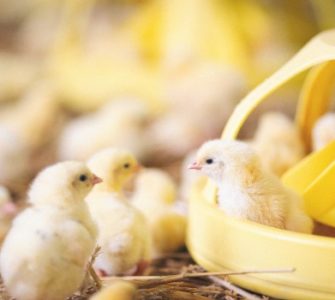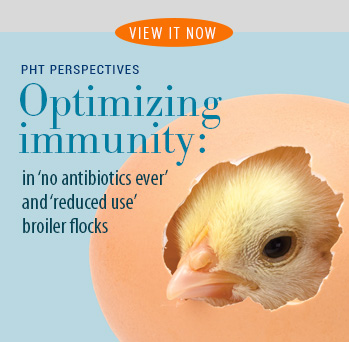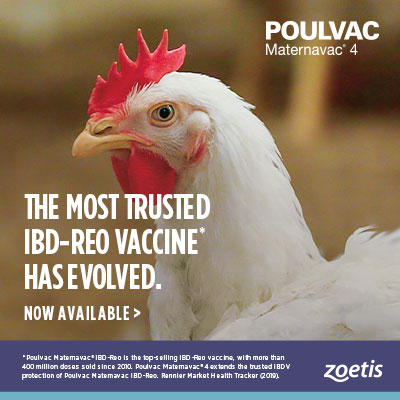Advanced diagnostic tests helping identify IBV in Europe
The QX strain of infectious bronchitis virus (IBV) remains the most common variant of IBV in Europe, but the prevalence of the variant 02 strain appears to be on the increase, indicate results from the Zoetis diagnostic laboratory in France.
The results are based on more than 2,000 samples from 22 countries analyzed at the laboratory in 2017, Françoise Blond, DVM, a Zoetis laboratory manager in Brittany, France, told Poultry Health Today.
The test used for analysis is quantitative olymerase chain reaction (qPCR). It can identify multiple strains of IBV in one sample, and the results are ready in less than a week’s time, providing information that European producers can use to make better decisions about the IBV vaccines they use.
With molecular sequencing methods, only one dominant IBV strain can be identified, and it takes longer to get results than it does with qPCR, she said.
The QX strain has been around for about a decade, Blond continued. The increase in the variant 02 strain was found in only a few countries, particularly in Poland. Previously, this strain was thought to be restricted to countries in the Middle East.
One of the issues that remains with diagnostics is the inability to properly differentiate between the vaccine and field virus. If a producer is vaccinating with QX and the lab finds QX in submitted samples, it’s very hard to tell if the source is a vaccine or field strain, she explained.
When the lab finds a strain that isn’t part of the producer’s vaccination program in flocks with signs of respiratory disease, the virus at work is likely a field strain, and the best option is to include a homologous — a similar— strain in the vaccination schedule.
In that same vein, if a producer is in a region with high pressure from a certain IBV strain, a homologous vaccine strain would be the best vaccine choice for preventing IBV, Blond said — preferably in combination with one or two other strains to expand the protection range.
Editor’s note: This video interview, podcast and news article were developed independently by the editors of Poultry Health Today. They are presented here solely for their news value. The opinions and recommendations presented are not necessarily shared by the editors of Poultry Health Today or the interviewee’s employer.
Posted on April 9, 2019

















